Hybrid animals are the result of crossbreeding between two different species, and they often present unique characteristics that make them both extraordinary and intriguing. These hybrid animals are not only the product of natural occurrences but also, in some cases, the result of intentional breeding for specific traits. In this article, we will explore the top 10 most fascinating hybrid animals, detailing their physical traits, origins, and ecological significance.
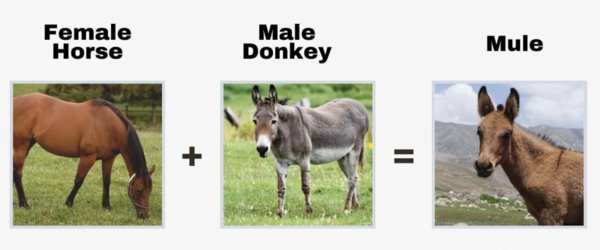
Mules are one of the most well-known hybrid animals in the world, the product of a male donkey (jack) and a female horse (mare). Mules inherit the best qualities of both parents, combining the endurance and strength of a donkey with the size and stamina of a horse. They are commonly used as pack animals due to their impressive strength and resilience.
Mules are known for their intelligence and remarkable ability to work in harsh conditions, from mountain ranges to deserts. While mules are typically sterile and cannot reproduce, they have long lifespans and are incredibly durable, making them highly valued in agricultural and transport roles.
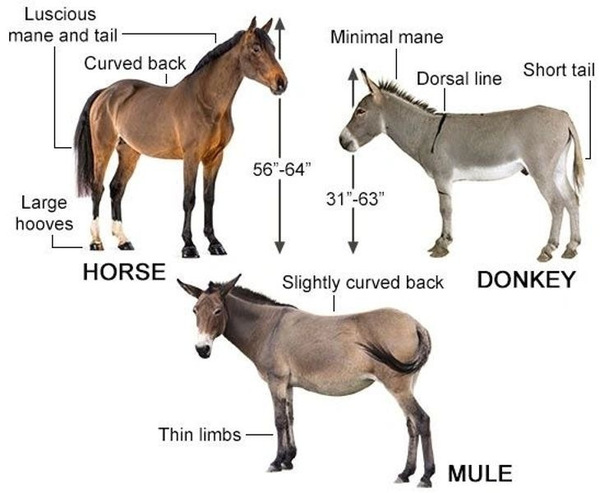
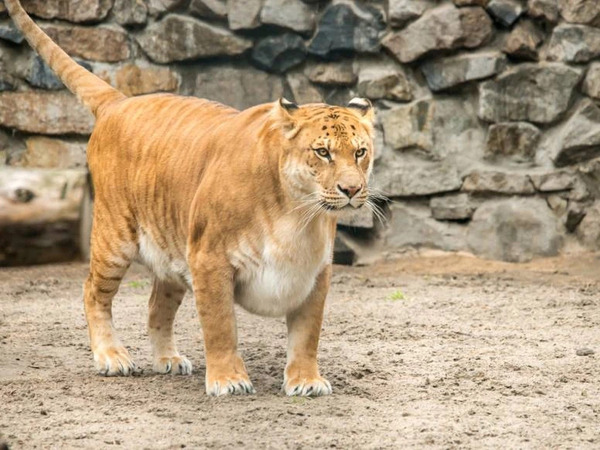
Ligers are the offspring of a male lion and a female tiger. These hybrid animals are the largest of all known big cats, often growing much larger than either parent species. Ligers inherit the strength and power of lions combined with the agility and hunting skills of tigers, making them fascinating creatures.
Due to their size, ligers often do not exist in the wild; they are usually bred in captivity. However, their size and appearance—characterized by a mane (from the lion father) and tiger-like stripes—make them a popular subject in wildlife studies and zoo exhibits. Despite their remarkable features, ligers are usually sterile.
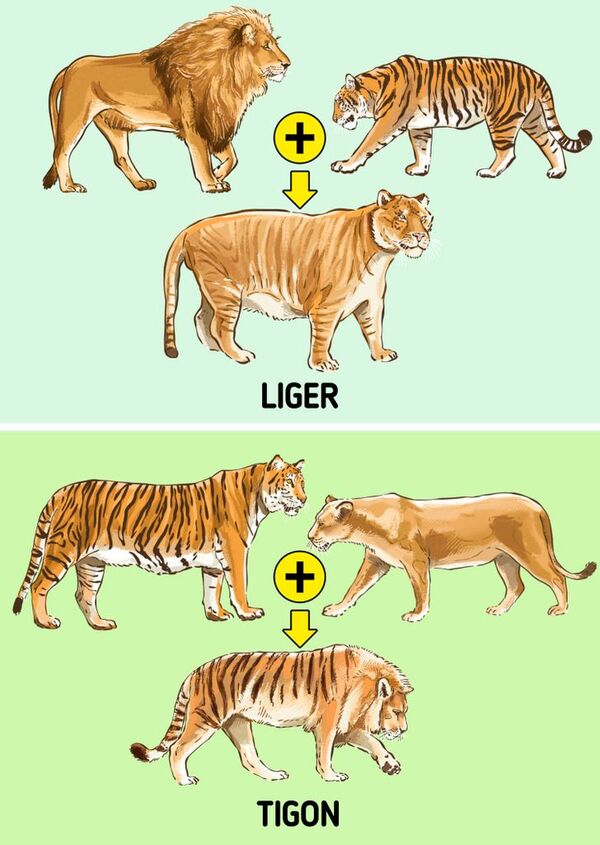
A tigon is the result of crossbreeding a male tiger and a female lion. While smaller than the liger, tigons still inherit many of the same features as their parents. Tigons tend to have more tiger-like characteristics, including the stripes on their fur and the body shape of a tiger, though they may also inherit some lion-like traits, such as a larger head.
Tigons are known to be highly aggressive, a trait that is often enhanced by the powerful instincts of both tigers and lions. Like ligers, they are generally sterile and are typically bred in zoos or wildlife reserves rather than in the wild.
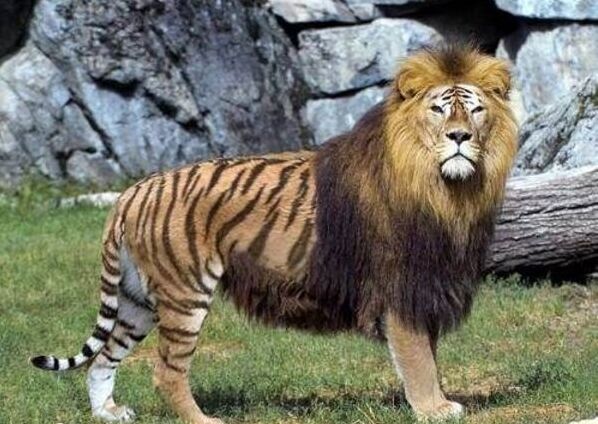
The grolar bear, also known as the "polar-grizzly hybrid," is the result of a cross between a grizzly bear and a polar bear. These hybrid animals have become more common as climate change forces polar bears to move further south into grizzly bear territories.
Grolar bears exhibit a mix of physical traits from both parents. Their fur color can vary from white to brown, and they often have a stocky, muscular build. These hybrids are considered to be an evolutionary response to changing environments, as they combine the strength and endurance of the grizzly bear with the adaptability of the polar bear.
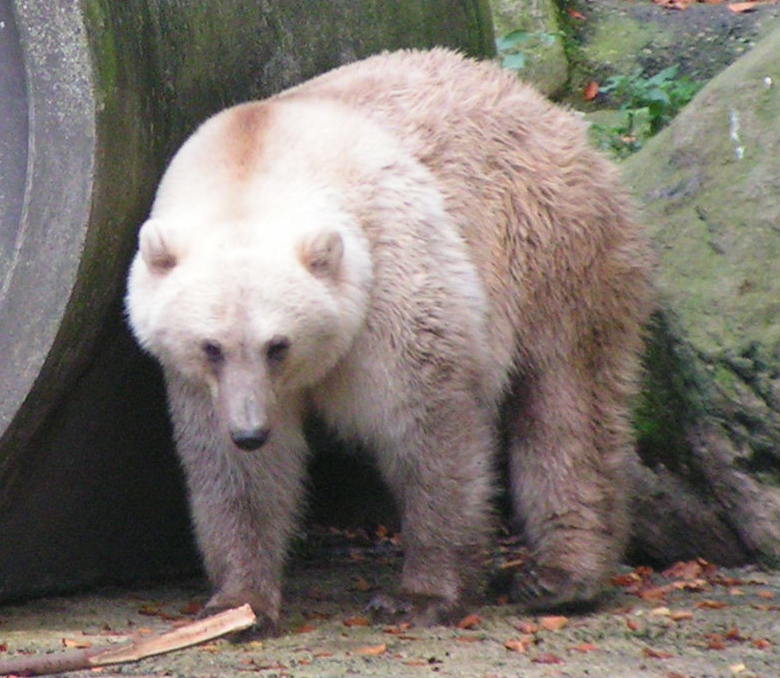
The leopon is a hybrid of a male leopard and a female lion. These hybrids are unique in that they combine the spotted coat of a leopard with the mane and overall body shape of a lion. The leopon has a more slender body than most lions but retains the muscular build and ferocity of a lion.
These hybrid animals are very rare and typically only exist in captivity. The leopon inherits its agility from the leopard parent and the territorial instincts of the lion. Their unique appearance and behavior make them a fascinating subject for zoologists and animal lovers alike.
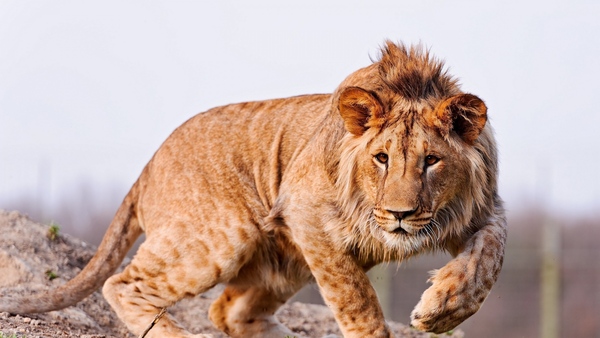
The zorse is a hybrid animal that results from breeding a zebra and a horse. Zorses inherit the distinctive stripes of their zebra parent, which typically cover parts of their legs, face, and body. However, they also inherit the size and strength of a horse, making them well-suited to many tasks.
Zorses are known for their intelligence and agility, which is why they have been used in both agricultural and military roles in the past. Although they inherit some of the more stubborn traits of zebras, they are generally very resilient and hardy animals.
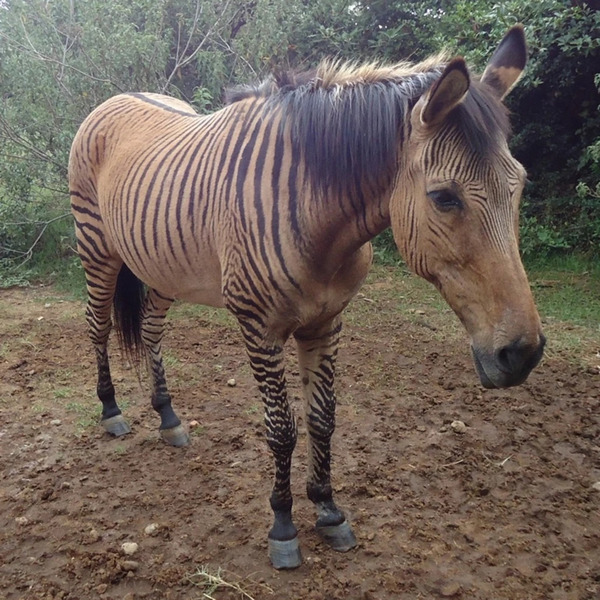
Panfowls are hybrid birds that result from the mating of a peacock and a pheasant. These crossbreeds inherit the vibrant plumage and coloration of the peacock but also have the more compact body and behavior of a pheasant. Their stunning feathers and coloration make them popular in birdwatching and exotic pet markets.
Panfowls combine the beauty of the peacock with the flight abilities of a pheasant, making them highly adaptable in different environments. Their unique appearance and hybrid vigor make them an intriguing part of the avian world.
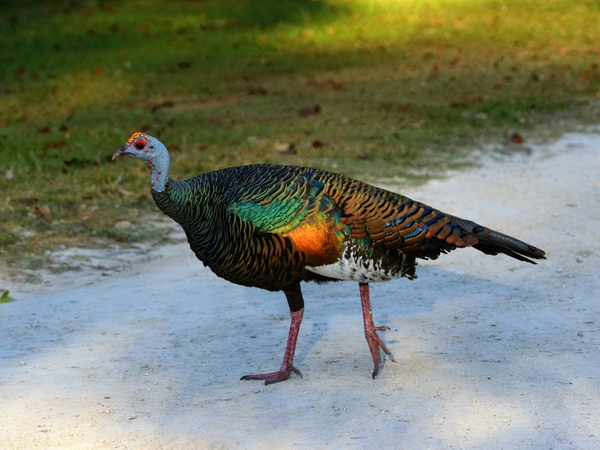
The Savannah cat is a hybrid breed that results from the mating of a domestic cat and an African serval. These wild hybrid cats have a striking appearance, featuring a slender body, long legs, and distinctive coat markings that resemble those of the serval.
Savannah cats are highly energetic and playful, often displaying the intelligence and agility of their wild parent while also being domesticated enough to live as pets. They are known for their social nature and can form strong bonds with their human owners, though they often retain some wild instincts that make them more challenging to care for than typical domestic cats.
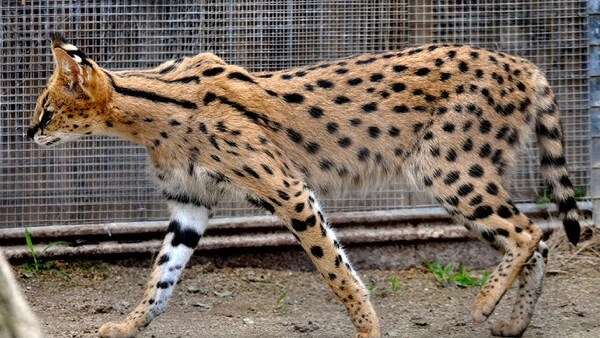
The cama is a hybrid animal created by crossing a male camel with a female llama. This crossbreed is a result of attempts to produce an animal that possesses the strength and resilience of camels, combined with the more manageable size and temperament of llamas.
Camas are typically bred for their wool, which is prized for its warmth and softness. They inherit the camel's ability to withstand extreme temperatures, while also being smaller and more adaptable to different environments, making them an excellent hybrid animal for both wool production and as pack animals.
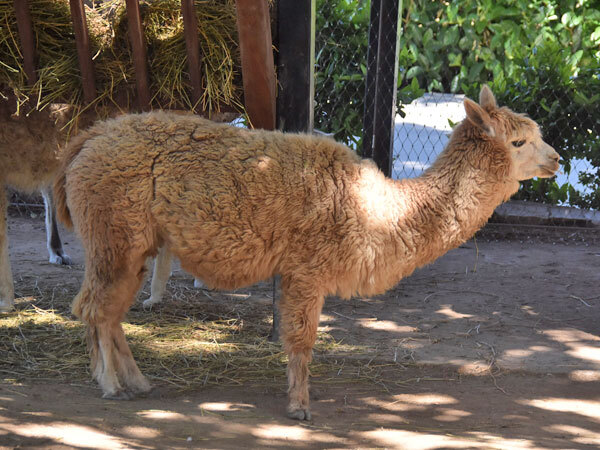
The Blood Parrot Cichlid, also known as the Red Parrot, Parrot Fish, or Red Devil Parrot, is a man-made hybrid fish created by crossing the Orange Midas Cichlid (Amphilophus citrinellus) and the Redhead Cichlid (Vieja melanura). It is not a naturally occurring species. This hybrid originated in Taiwan.
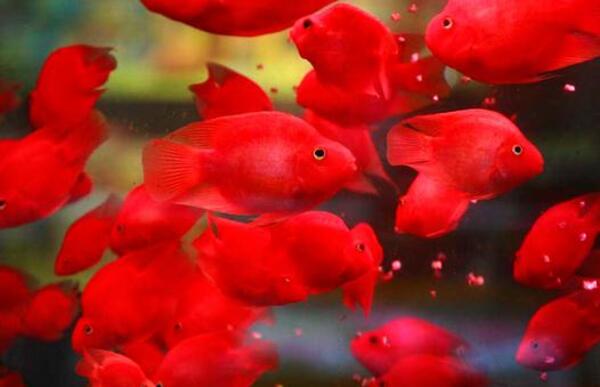
The Blood Parrot has a nearly spherical or oval body shape, with a rounded back and well-developed tail fins. The fish is predominantly blood-red in color and features a distinctive, triangular-shaped mouth that often gives the impression of a perpetual smile. This unique appearance has made it highly popular among aquarium enthusiasts. Blood Parrots are strong, robust fish that thrive in a wide range of water conditions. They prefer water temperatures between 25 to 28°C. Their diet is diverse, and they enjoy consuming small live fish, shrimp, and bloodworms. However, they are known to be aggressive and may attack their own kind. It is not advisable to keep only two Blood Parrots in a tank; they should be kept in groups to prevent territorial aggression.
The Blood Parrot was first successfully hybridized in Taiwan by three biologists—Tsai Chien-fa, Chen Yen-ching, and Chen Jian-zhi—during the years 1988 and 1989. Initially, the origin of the fish was kept secret, and it was even promoted as a new species discovered in South America. In the northern region, the fish was distributed by Tai Gang, in central Taiwan by Wen Zhen, and in the southern region by Zhi Lin.
As a hybrid of two different species, Blood Parrots cannot reproduce naturally. They need to be bred by crossing the Red Devil Cichlid and the Redhead Cichlid. While Blood Parrots do have male and female individuals, they are typically infertile, meaning that after pairing, they will lay eggs, but the eggs will not hatch into fry. However, there have been successful breeding cases when female Blood Parrots are paired with Flowerhorn Cichlids or other types of Cichlids. This suggests that the female Blood Parrot may possess the ability to breed, but the male Blood Parrot is generally infertile.
Hybrid animals are an extraordinary part of the natural world, displaying unique traits that are a combination of their parent species. Whether created by nature or human intervention, these hybrid animals often show how species can adapt, evolve, and thrive in new environments. From the massive liger to the sleek savannah cat, hybrid animals are living examples of nature's creativity and resilience.
Understanding the biology and behavior of hybrid animals is crucial for conservation efforts, as many hybrids are bred in captivity to prevent the extinction of endangered species. As climate change and habitat destruction continue to affect wildlife, hybrid animals could play an increasingly important role in preserving biodiversity.
animal tags: hybrid-animals
We created this article in conjunction with AI technology, then made sure it was fact-checked and edited by a Animals Top editor.